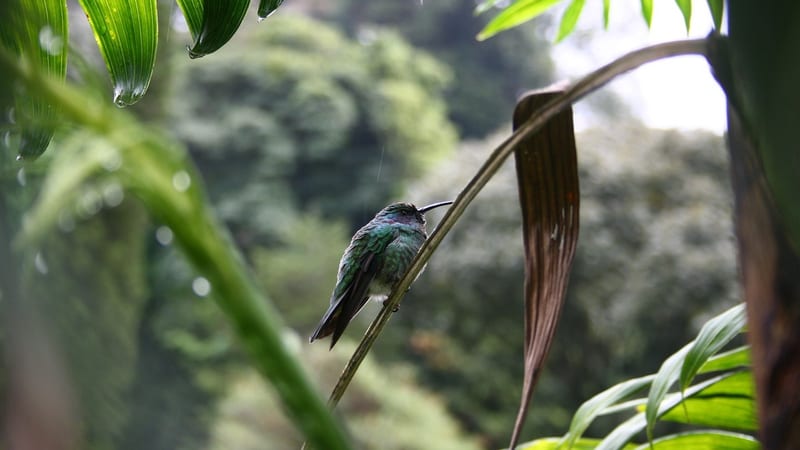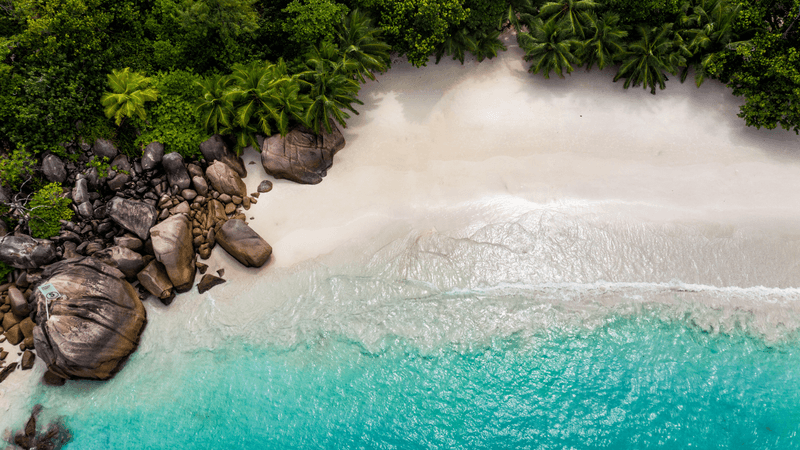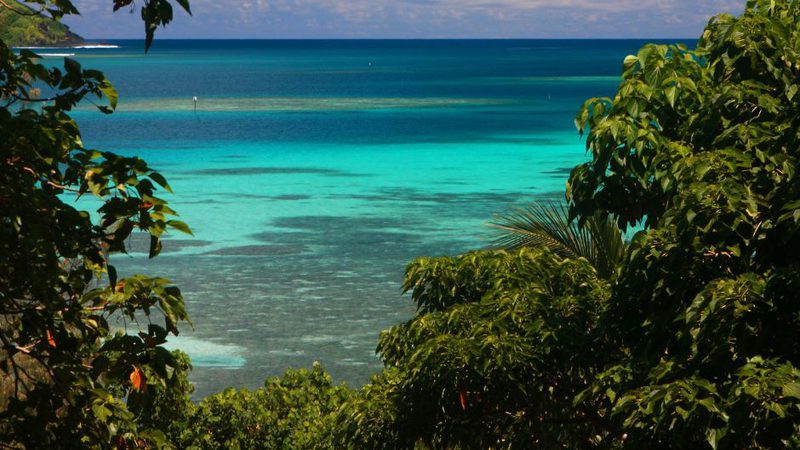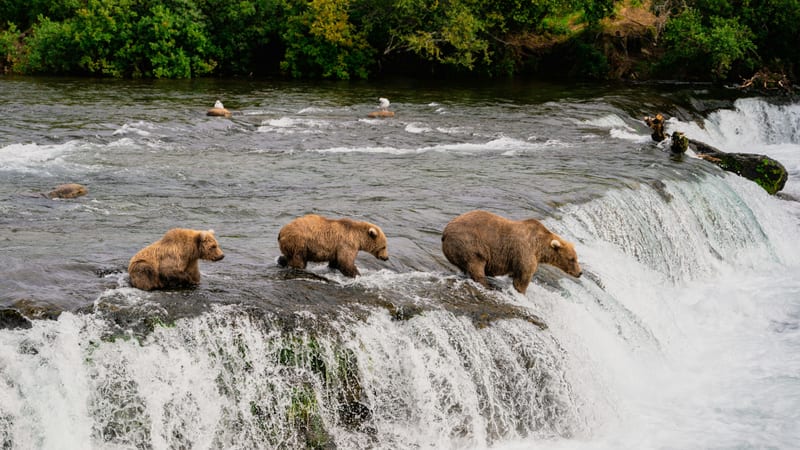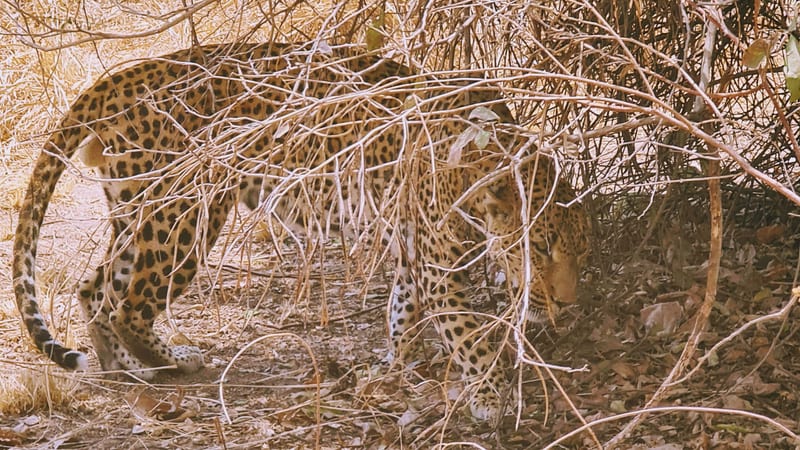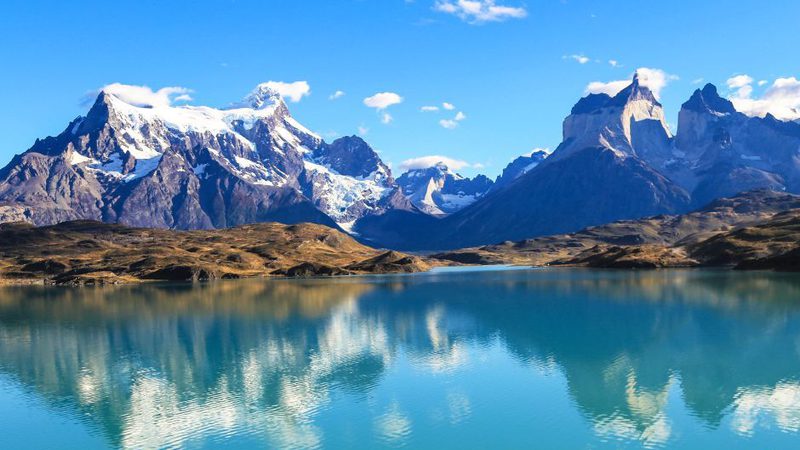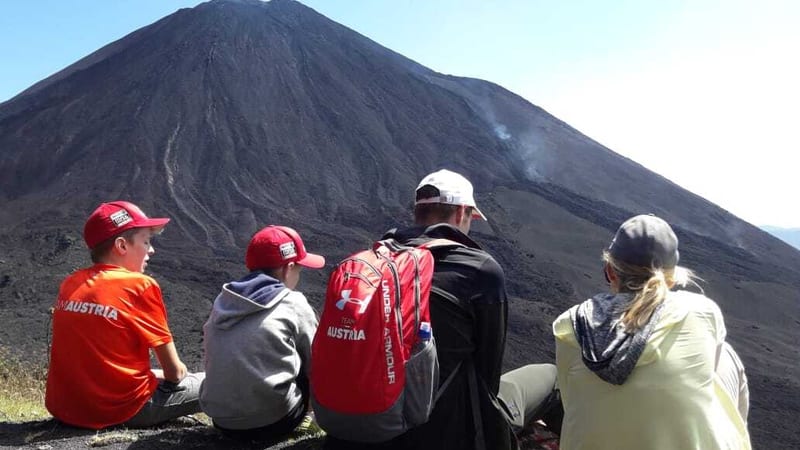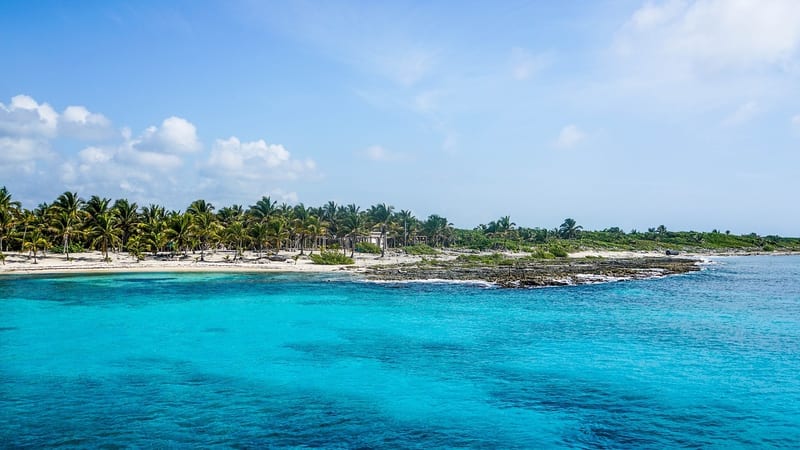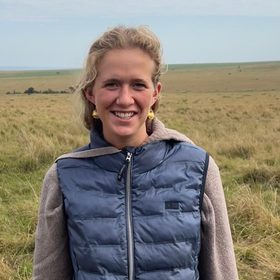Enjoy the best seats in the house for watching the wildebeest migration at these comfortable and authentic mobile camps
Location: Serengeti Green Camps operate as semi-permanent, low-impact safari camps in two prime locations within the Serengeti ecosystem: one in the central Seronera region and the other in the northern Kogatende area near the Mara River. This dual setup allows the camps to follow the wildlife, especially during the Great Migration, offering front-row access to dramatic river crossings in the north (typically July to October) and fantastic year-round predator action in the central plains. Both locations are carefully chosen for seclusion, with the camps blending into their natural surroundings and avoiding the busier tourist corridors. If you're after a more intimate, close-to-nature experience in Tanzania without sacrificing comfort, this is a great option.
Rooms: Each camp has just a handful of canvas tents - typically around six to eight - keeping things small, personal, and peaceful. T he tents are spacious and simple in style, with large, comfortable beds, solar lighting, en-suite bathrooms with bucket showers, and flush loos. Everything is well made, with quality linens, thoughtful designs, and eco-friendly touches throughout. You won't find marble floors or freestanding tubs, but what you will get is a well-designed, comfortable base that feels part of the landscape rather than imposed on it. This is a safari for people who want to feel immersed in the wild, but still sleep well and wake up to good coffee.
Amenities: Given their mobile, low-impact nature, the camps don't offer pools or permanent structures, but that's part of the charm. Instead, there's a cosy mess tent for dining and relaxing, a small bush bar, and a crackling fire each evening under the stars. Meals are freshly prepared by an on-site chef and often exceed expectations - hearty, healthy, and full of flavour, served either out in the bush or around a communal table. Solar power is used throughout, and while there's no Wi-Fi, guests often find it a welcome chance to truly disconnect. The service is friendly and genuine, with a focus on hospitality that feels personal.
Activities: Game drives are the main activity and are completely tailored to the day's conditions and guests' preferences. Depending on which camp you're in, you could be tracking predators in the Seronera Valley or positioning near the Mara River to witness a migration crossing. Drives are unhurried and immersive, with expert local guides who know the land inside out. The flexibility of the camps means you're not tied to a strict schedule - you can head out early with a picnic breakfast, stay out all day with lunch in the bush, or return for an afternoon siesta before and evening drive. Some walking safaris can also be arranged in partnership with park rangers, depending on the location and season.
Sustainability: Serengeti Green Camps are built on a strong commitment to eco-conscious travel. As fully solar-powered, semi-permanent camps, they leave minimal trace and are carefully dismantles at the end of each season. Water use is conservative, waste is sorted and packed out, and plastic use is kept to a minimum. Most of the staff are hired from nearby communities, with training and career development built into the model. The guiding team is Tanzanian and highly experienced, offering authentic insight with deep local knowledge. For travellers looking for a genuinely sustainable safari that doesn't compromise on experience, these camps strike an impressive balance.
Best places to stay in Serengeti National Park
Serengeti National Park Trip Inspiration
When to visit Tanzania
Find out the best time to visit Tanzania with our month by month guide.
- Best
- Good
- Mixed
- Jan
- Feb
- Mar
- Apr
- May
- Jun
- Jul
- Aug
- Sep
- Oct
- Nov
- Dec
January
January is mixed when it comes to weather, temperatures rise whilst the chance of rain and humidity increases. It is still a good time to go, as the rates are lower yet the game viewing is still excellent.
- During this time migratory herds are in the Serengeti for calving season, meaning the Ndutu plains are busy.
February
The weather remains hot with a chance of rain in February.
- Meanwhile in the Ndutu Plains the migration is still occurring.
March
March is the calm before the storm, before heavy rains and humidity builds. Visitors can take great advantage of lower rates during the low season.
- Migrating herds start to leave Ndutu, heading West towards Grumeti.
April
April experiences continued periods of heavy rain, we would advise against travel due to the conditions.
May
During may there is periods of heavy rain, we would advise against travel due to the conditions.
June
June heralds the wet season, bringing lush green vegetation which can make spotting game more difficult. It is a particularly great time for birders as parks become populated by migratory birds especially in the South.
- Migration is still in the Grumeti area, heading north.
July
July is the start of peak season, temperatures reach up to 30 degrees and the surrounding land becomes drier and spotting game is becoming easier.
- The migration is in the Northern Serengeti moving towards Kenya.
August
August is peak season, with bush land drying out game spotting becomes much easier. If you want to experience Tanzania game at its best, August is the time to travel.
- The migration still remains in the north.
September
Peak season continues in September, the Northern circuit can be very busy, if you want to avoid crowds it's best to visit the southern parks.
- The end of the migration is still in the north with herds on both side of the Kenyan and Tanzanian borders.
October
Peak season continues into October with good game viewing in the Serengeti and southern parks.
- The migration has now crossed over into Kenya.
November
November is the start of the rainy season, the rains tend to be overnight so it is still a popular time to travel. During this month you can take advantage of low season rates.
- Migration crossing over into the Serengeti can be seen a the Tanzania and Kenya border.
December
Rains continue in December, whilst the temperature and humidity start to build. Venturing out on safari is generally good, with large game still easily spotted.
- Migrating herds in the north travel south back to Ndutu.
Speak to a Tanzania expert today
and start planning your tailor-made holiday

Alistair





